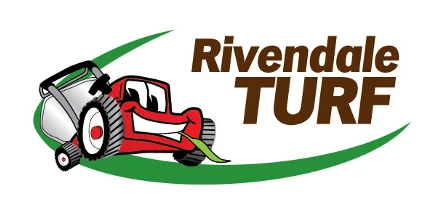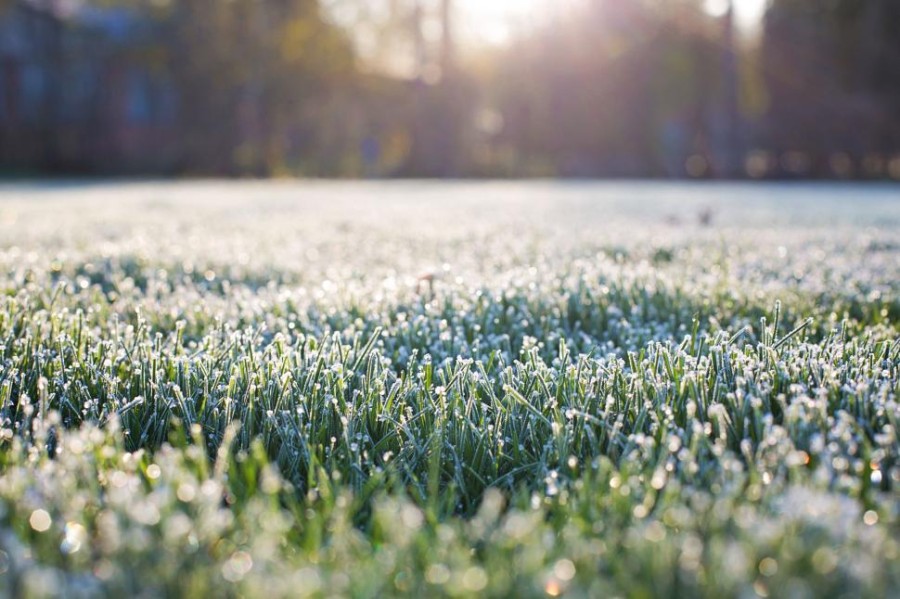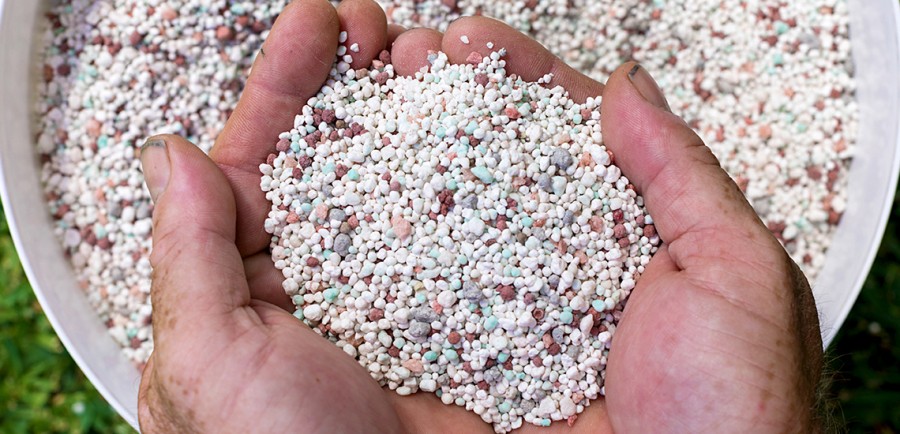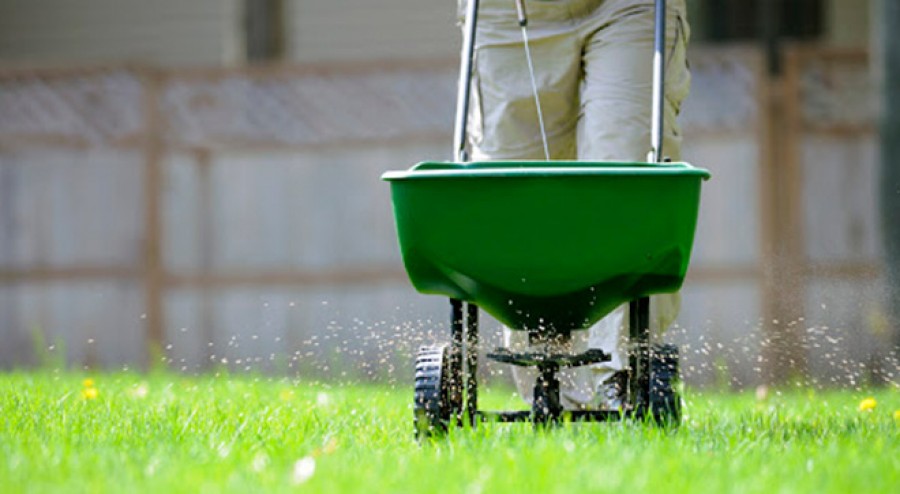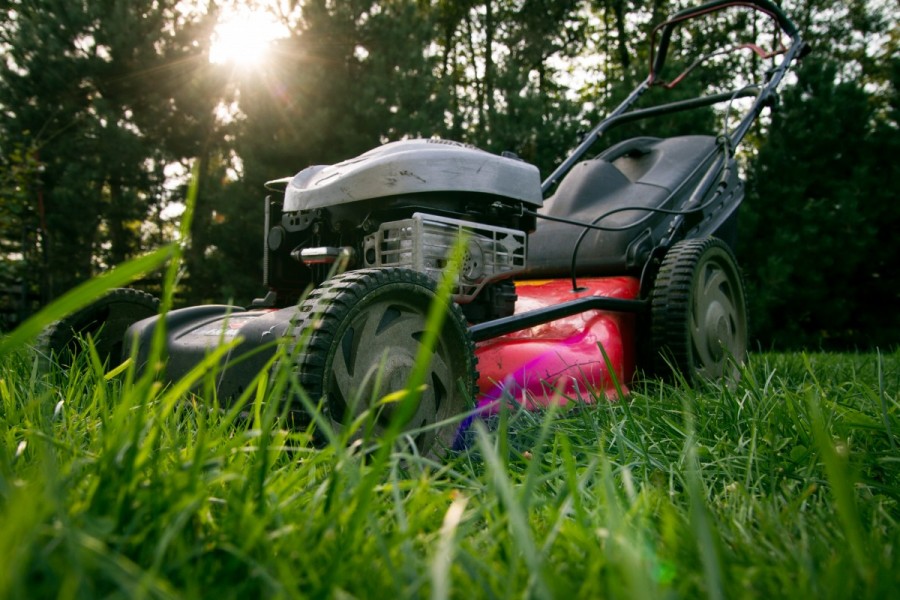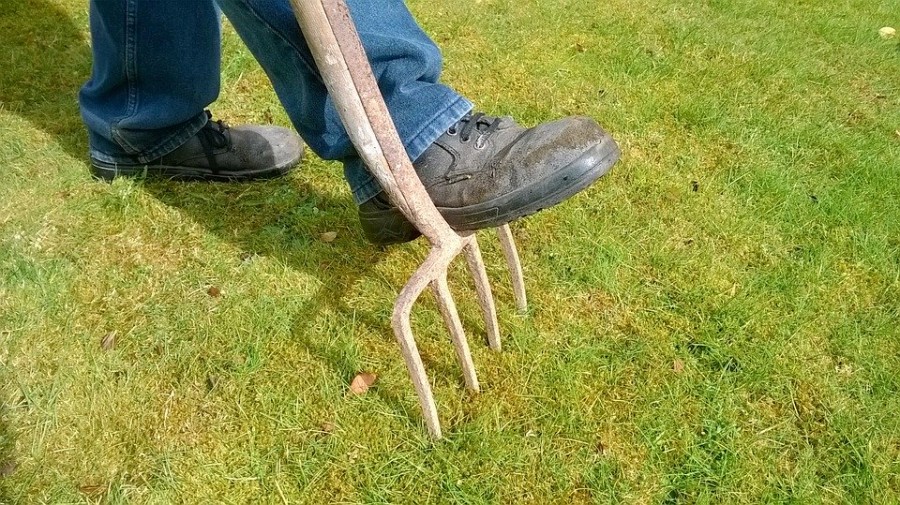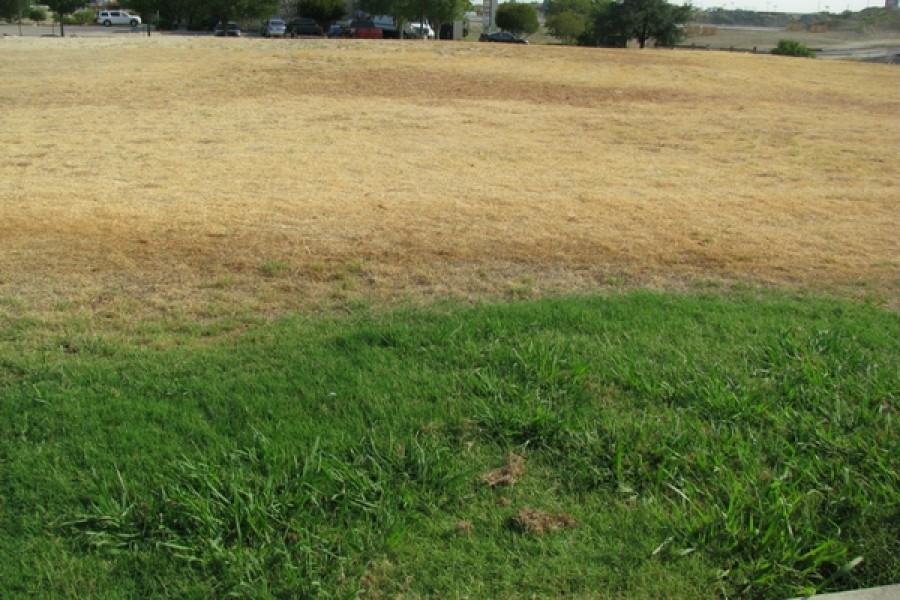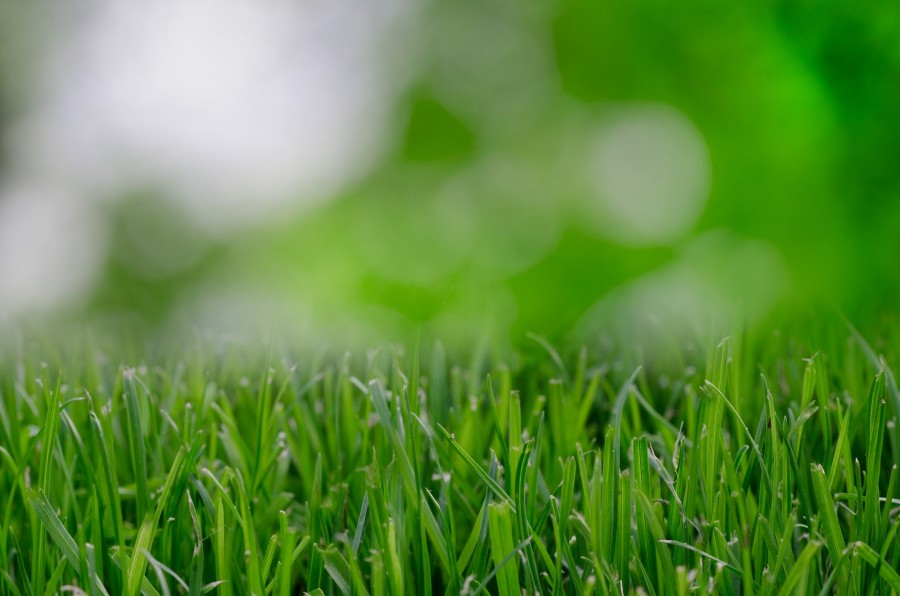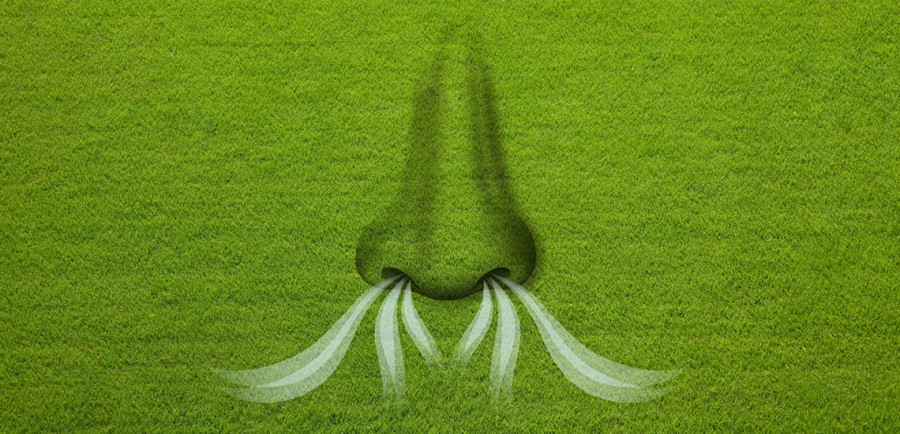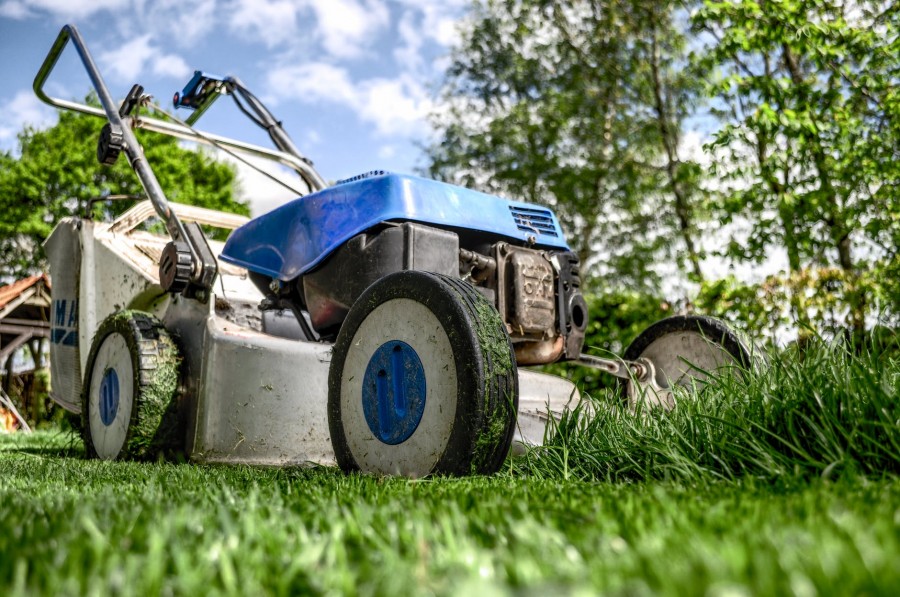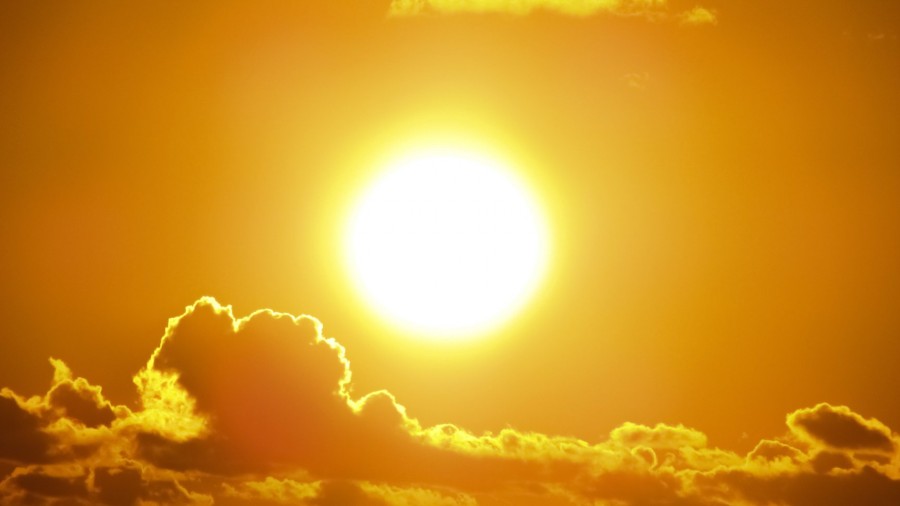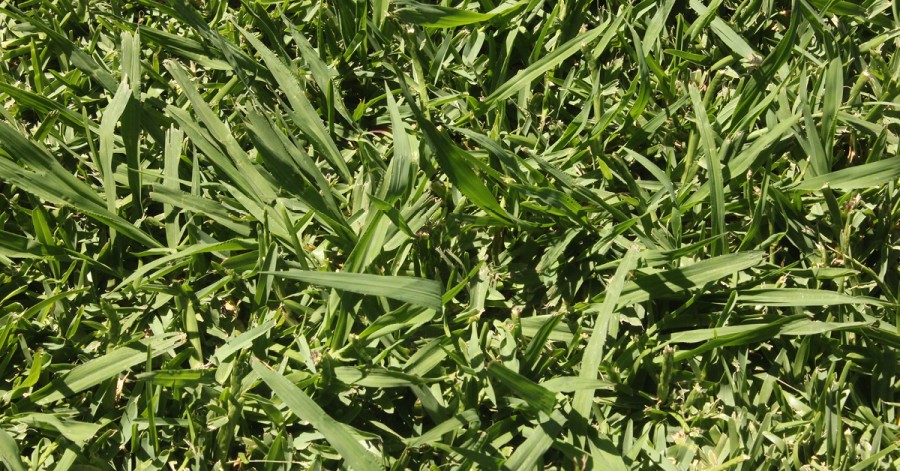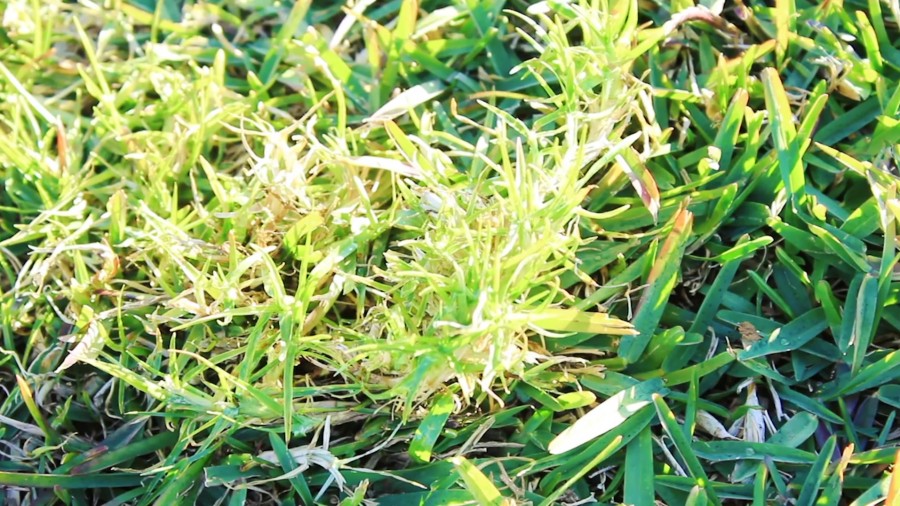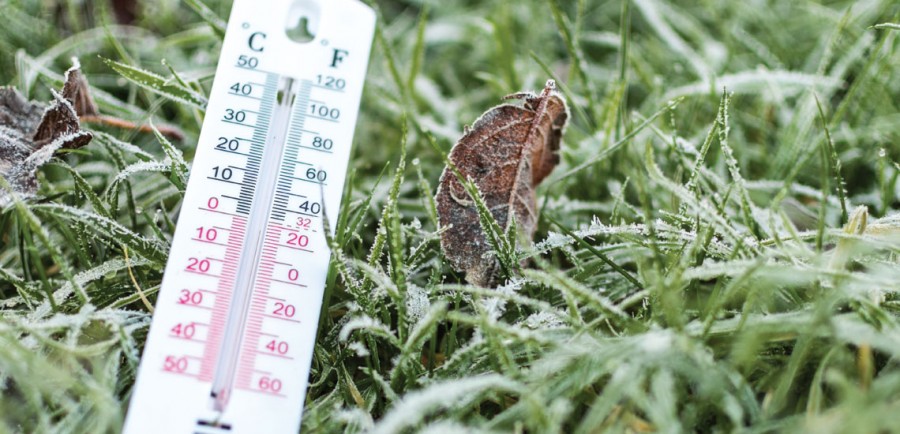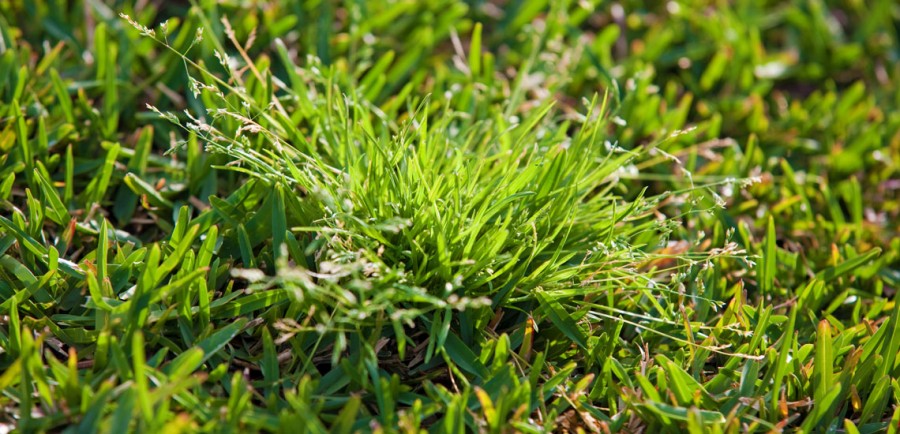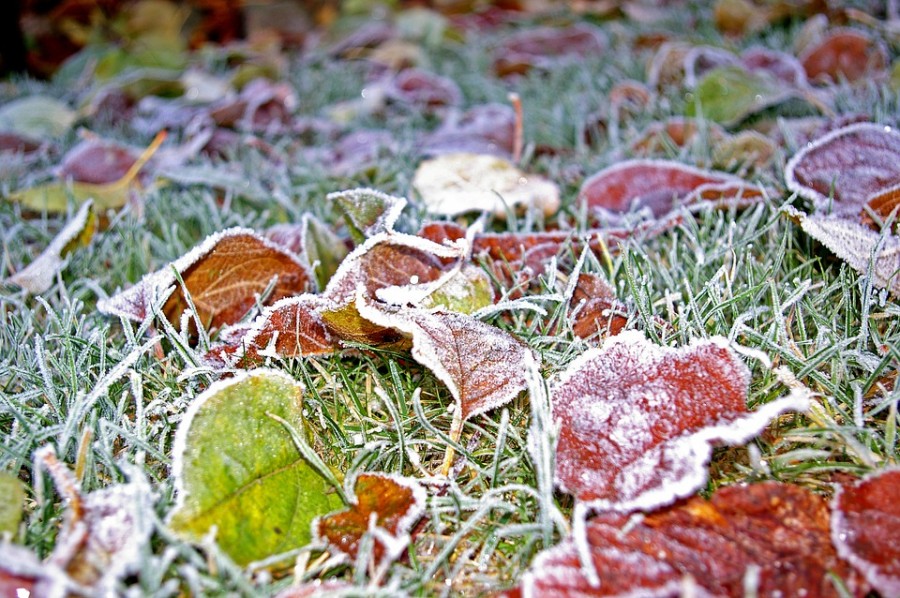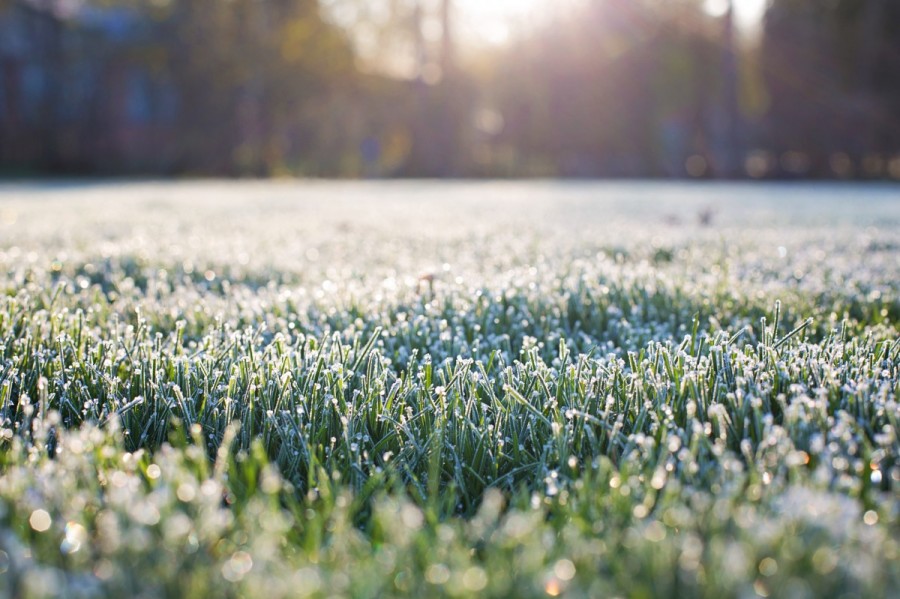Maintenance
Restoring Your Lawn After Winter
29th July 2024
As winter comes to an end, your lawn might look worse for wear. Here’s how to revive it and prepare for a lush spring.
Dealing with Winter Desiccation
Winter desiccation, also known as "winter kill," occurs when turf loses moisture faster than it can replenish it, especially in freezing temperat ... read more
Autumn Lawn Care
1st March 2022
Summer has come to an end, and temperatures should be heading south over the next few months. It’s time for some Autumn lawn care.
Your grass has suffered through a very hot summer and is likely to need a boost, so now is the time to get in there while you still have some of the growing season le ... read more
When should you Fertilise your lawn?
20th January 2021
If you decide to only feed your lawn once – this is best done during late spring or early summer.
Spring
Fertilising your lawn ensures that it has all the nutrients it needs to be healthy and beautiful.
It is also a time to address weeds. When your soil gets below a certain temperature, usually ... read more
How often should you be mowing your lawn?
16th March 2020
Sometimes there’s always something better to do than spend a portion of your weekend mowing the lawn.
For those that aren’t die hard lawn fanatics, to those that just simply find the thought of having to mow the lawn all the time as a massive annoyance, recent weather conditions will have you ... read more
How to Aerate your Lawn
20th February 2020
What is aeration?
Perforation of the soil to allow air, water and nutrients to penetrate the grass roots. Aeration can be undertaken all year round.
Why do I need to aerate my lawn?
Aeration helps the roots grow deeply and produce a stronger, more vigorous lawn. The main reason for aerating is t ... read more
Beat the Heat
19th December 2019
Drought conditions are impacting a lot of areas of Australia and being responsible with water use is more important than ever.
Fortunately, it is only in the most severe of conditions, over a considerable amount of time, that your lawn could suffer to the point where it would completely d ... read more
To catch or not to catch? Grass clippings that is.
18th November 2019
Should you catch, rake or leave your grass clippings when mowing your lawn?
There is no definitive yes or no answer to this, as a combination of both is required for most lawns.
It is ok to leave your clippings on the lawn every now and again, as clippings are a great source of nitrogen and can ac ... read more
Spring Preparation
3rd September 2019
Want your lawn and yard looking their best now the warmer days have returned?
Aerate - Don your aerating sandals. Loosen up your compacted soil and allow water, nutrients and air to get to your lawn’s roots.
Compaction - If you’ve already aerated, you’ve taken care of compaction. If not, s ... read more
Mowing Height in Winter
18th June 2019
Our warm season lawns have slowed down in most states as the temperatures have decreased. Your lawn won’t completely stop growing through the winter in Australia, it will just grow at a much slower rate. Once soil temperatures drop below 14 degrees Celsius your grass will enter into a slower rate ... read more
Looking after your Lawn in Extreme Heat
16th January 2019
Water the lawn with one deep watering at the initial stages of stress and then don’t undertake any further watering until the lawn begins to wilt.
Remember that frequent light watering will encourage shallow root systems while more thorough, less frequent watering will result in a deeper and he ... read more
Paspalum
3rd January 2019
Paspalum (Paspalum dilatatum) is a perennial grass weed that starts as clumps and then spreads throughout sparse and poor performing lawns.
Description
Paspalum has a purple tinge at the base of broad grass leaves that stem from a central crown. It primarily grows throughout the warmer months from ... read more
Controlling Invasive Grasses
21st November 2018
How to remove invasive turfgrass varieties from your lawn
Kikuyu and couch are the number one suspects when it comes to lawn invasion, they are fast growing and have fine seeds that can spread very easily. Kikuyu is more aggressive in nature than any other lawn variety so it’s potential to take o ... read more
Spring is an important time to fertilise
10th October 2018
Spring is an important time to fertilise, as your lawn breaks the winter dormancy. You need to make sure you don’t get too excited and spread it out too early, so timing is key when applying fertiliser in spring. A nice easy rule to remember is to fertilise after your first spring mow. ... read more
Soil Temperatures and Dormancy
26th June 2018
You might have noticed your lawn is starting to slowdown in growth, where you are mowing less frequently, and the grass might also have lost a little bit of colour.Most Australian lawns consist of warm-season turfgrasses. Kikuyu and Soft Leaf Buffalo lawns are the most common types and fit into this ... read more
Fighting Winter Weeds
5th June 2018
3 Common Winter WeedsWinter weeds can be a real nuisance and undo all the hard work you put in getting your lawn looking superb during the warmer months.The best time to treat winter weeds in your lawn is during winter. By doing so, you have more chance of getting them before germination, which will ... read more
Preparing for Winter
15th May 2018
During cooler seasons, lawns will generally be at their most vulnerable and unable to repair or maintain good health as well as they can in warmer seasons. In the warmer seasons the grasses are actively growing and during the cooler months they slow down and can go dormant; shutting down and discolo ... read more
Frost and your lawn
9th May 2018
Frost is the result of the dew freezing on your lawn, which typically occurs in the early morning. The frost can freeze the blade of the leaf and cause significant discolouration. The discolouration occurs as result of the damage caused by the frost to the cell walls of the grass, which slows down p ... read more
6 Common Warm Season Weeds
10th April 2018
Many small weeds many be carefully pulled out by hand, however you will need to make sure you have removed the roots. Using a weeding trowel or long handled, mechanical device and prizing around the roots will help ensure total removal. The bigger the weed, the bigger and stronger the roots. In some ... read more
Identifying and Treating Lawn Pests
1st February 2018
Lawn grubs are leaf eating caterpillars, the larvae of an adult moth. Lawn Grub is a collective term that describe Army Worms, Sod Web-worm and Cutworms. All of these lawn grubs cause similar issues on your otherwise healthy lawn.
The worms themselves can be green, brownish green or black in appea ... read more
Top Dressing
14th September 2017
Applying a top dressing to your lawn is appropriate when it needs a boost of nutrients, is uneven or contains holes. ... read more
Aeration for your lawn
24th August 2017
The importance of aerating your lawn.
A smaller area of lawn can be aerated manually with aerating sandals (sandals with spikes attached to the bottom that aerate the lawn as you walk) or a sturdy garden fork. Simply insert the fork into the lawn and punch holes into the turf. Aim for a spacing bet ... read more
Dethatching, Top Dressing, and Aerating
13th March 2017
Dethatching:
Thatch occurs when grass runners grow over the top of each other, killing the runners underneath. Over time, this becomes problematic. Sir Walter Buffalo requires Dethatching at least every 2 years, but if you have any other Buffalo type you usually need to dethatch yearly. You can eit ... read more
Fertilising
2nd August 2016
Seasonal advice for fertilising your lawn.
The best time of year to fertilise your lawn is when it is actively growing.
For warm season lawns this is Early Spring, mid Summer and early Autumn for optimal growth and colour.
There are 3 main types of fertilisers: Organic, Chemical and Liquid.
Or ... read more
Mowing
2nd August 2016
Lawn mowing tips.
Make sure your mower blades are nice and sharp.
Each time you mow, alternate the direction. Do not mow too low. Best to start with a high cut and drop if need be, than to scalp your lawn. Cutting your lawn too low will lead to stress and can create other problems. Poor health, ba ... read more
Pests
2nd August 2016
Common insect pests and how to treat them.
There are many insect pests that like to attack lawns. Regularly monitor your lawn, so if you do have uninvited guests, you are able to eradicate them before too much damage is done.
Some of the pests you may (but hopefully not) encounter in your lawn in ... read more
Weed Control
2nd August 2016
How to control weeds.
If your lawn is kept healthy, weeds will have trouble invading. Some buffalo lawn varieties such as Sir Walter are naturally weed resistant as they suffocate any weeds that try to grow.
If you need to spray with Herbicides, check the products' suitability for use on your lawn ... read more
